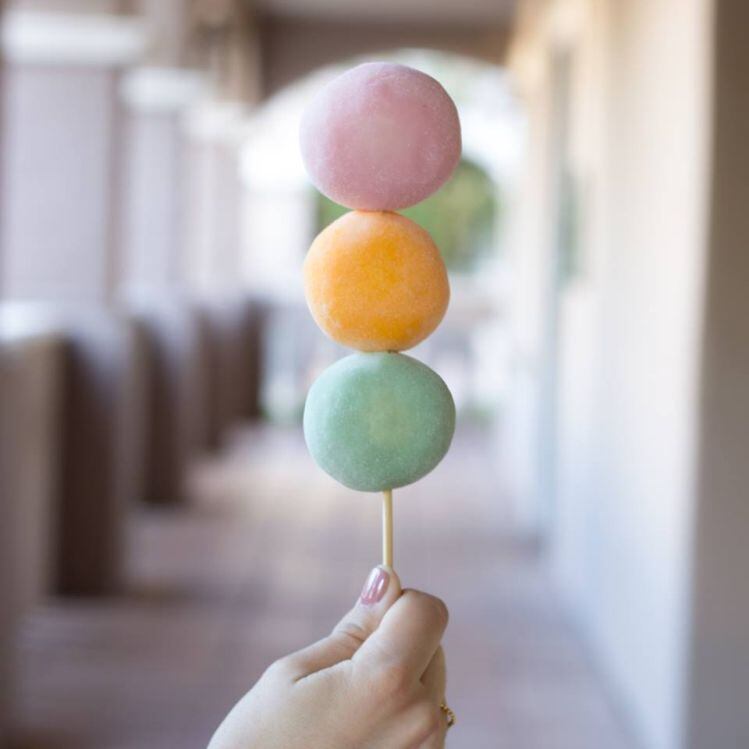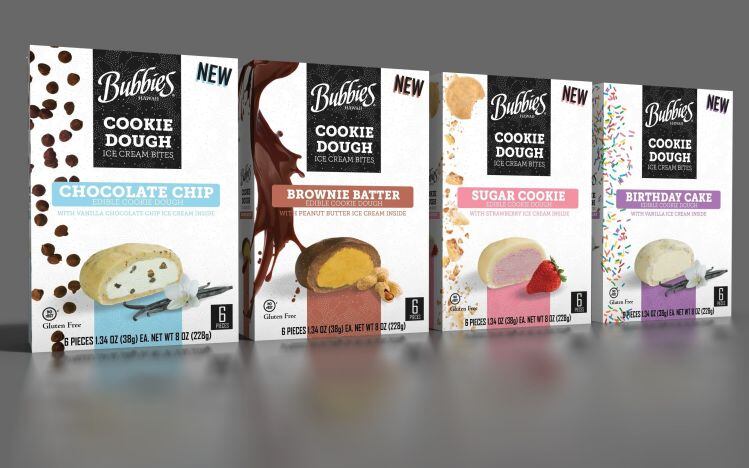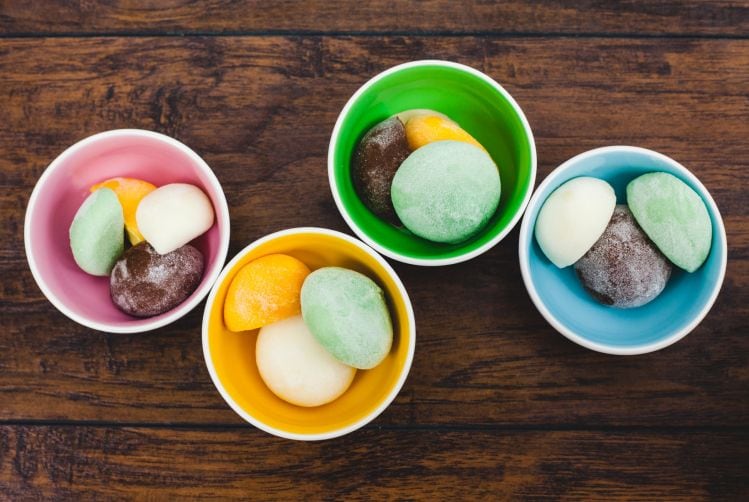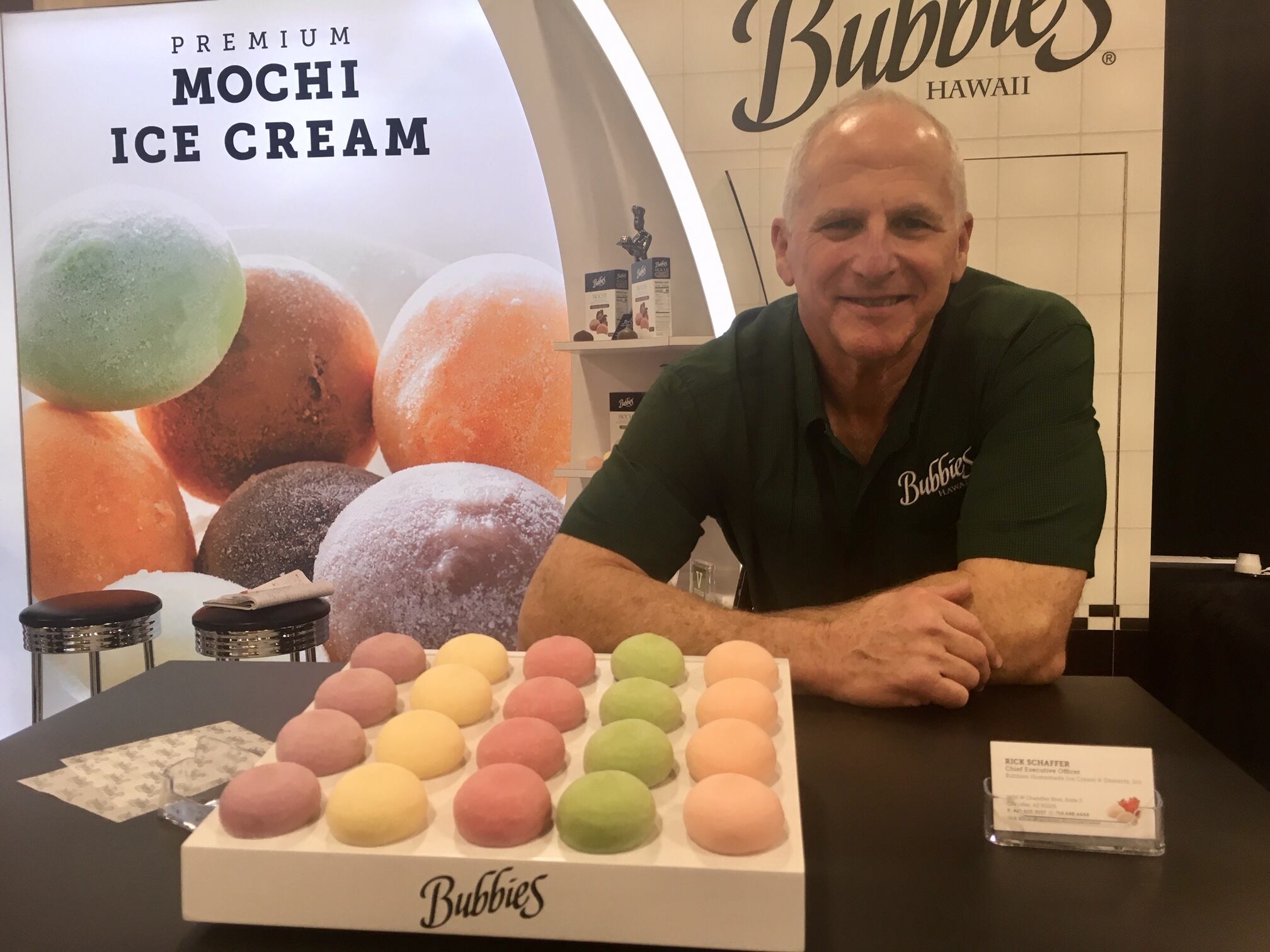Right now, the mochi market is dominated by two brands, Bubbies and My/Mo Mochi Ice Cream, said Schaffer, who took the helm at Bubbies just before the Hawaii-based firm was acquired by private equity firm Kenex Holdings in late 2016/early 2017, and has steered it through a period of dramatic expansion.
“The whole category is growing, and My/Mo is a great product, but we’re outpacing the category growth significantly. Our dollar growth vs a year ago is 290%. This year our business will be four times larger than when we acquired the company two years ago in dollar volume. And we’re still just scratching the surface when it comes to unlocking the potential of this market.”
He added: “The Hawaii plant wasn’t capable of meeting demand and the owner wanted to retire, so Kenex saw an opportunity with a high growth company operating in a high-growth category. We opened a new state of the art factory in Phoenix in the first quarter of 2018 with a proprietary manufacturing process unique in this industry.
“It’s significantly larger than the plant in Hawaii and makes all of the product we sell outside of Hawaii.”
Denser, creamier texture
So are all mochi makers basically selling the same thing, or are there differences between the key players beyond branding?
Flavors and ingredients vary between brands, and Bubbies’ mochi are slightly smaller than My/Mo Mochi Ice Cream, weighing in at 35g with 90 calories per bite vs My/Mo’s 43g and 110 calories per bite, but one key difference – according to Schaffer – is that the ice cream in Bubbies’ mochi has a denser, creamier, texture owing to its higher butterfat content and lower air overrun levels (ie. air takes up a smaller percentage of the volume).
Another difference that consumers often notice is that there is less powder in a box of Bubbies because of the way they are frozen, claimed Schaffer.
“One thing you’ll notice is that other mochi brands have a lot of flour dust in and around the product that stops the mochi dough from sticking to the plastic whereas we don’t need that because we freeze them in the nitrogen tunnel individually rather than in the plastic trays.”

The size of the prize
So what’s the size of the prize for mochi in the US?
In measured US retail channels the market has grown from around $10m to $32m over the past two years, but once you include retailers such as Whole Foods, Target, Costco and others that don’t share their data, and add in foodservice sales (restaurants, casinos etc) and retailers’ mochi bar sales in bakery (where the bites are sold individually from branded freezers), the total category is probably closer to $200m, claimed Schaffer.
Mochi bars great for trial and discovery
The appealing thing about the grab & go mochi pioneered by Whole Foods, is that consumers can try the product for the first time without buying a whole pack, and test out new flavors before heading to the frozen food aisle to purchase their multipacks, said Schaffer.
“Now you walk into a lot of retailers that have these mochi bars and they have realized that this is really where the big sales and profitability is coming from in this category, so it’s very attractive for retailers as well as consumers.”

New products: Cookie dough bites and dairy-free options
One of the most exciting recent developments at Bubbies has been the cookie dough bites – ice cream encased in edible cookie dough in four flavors that have just started to hit the market, said Schaffer, who says he has commitments [to stock the new line] from leading retailers including Target and Sam’s Club.
“The founder made a cookie dough bite some time ago and I tried one in a franchise Bubbies store in Hawaii a couple of years ago and it was just magnificent, so I said we’ve got to do this! But it took a long time to develop [on a commercial scale] because mochi dough is pliable and stretchy, whereas cookie dough is exactly the opposite.
“When it’s formed around the ice cream it wants to tear, not stretch, so it was a technological challenge to get the cookie dough to surround the ice cream and not break apart.”
So is this a niche opportunity or a major new revenue stream for Bubbies?
Definitely the latter, predicted Schaffer. “Everyone we’ve shown it to loves it. And we think it’s incremental [to the core mochi business]. We’ll see how it performs, but the potential is maybe even greater than mochi. We could have a freezer concept with cookie dough bars, and the merchandizing opportunities are really boundless.”
'We have a couple of new categories in development that are completely off the wall different'
Bubbies has also dipped its toes into the rapidly growing non-dairy market with coconut-based mochi bites just hitting the market now, said Schaffer.
“Bubbies is a frozen novelty company that just happens to make a lot of mochi. We can and will go in any direction that makes sense for us. We have a couple of new categories in development that are completely off the wall different, that are not out there today. I’m not talking about line extensions, but new concepts, and that’s what I think real innovation is.
"We're also working on an innovation around how the product is sold."


